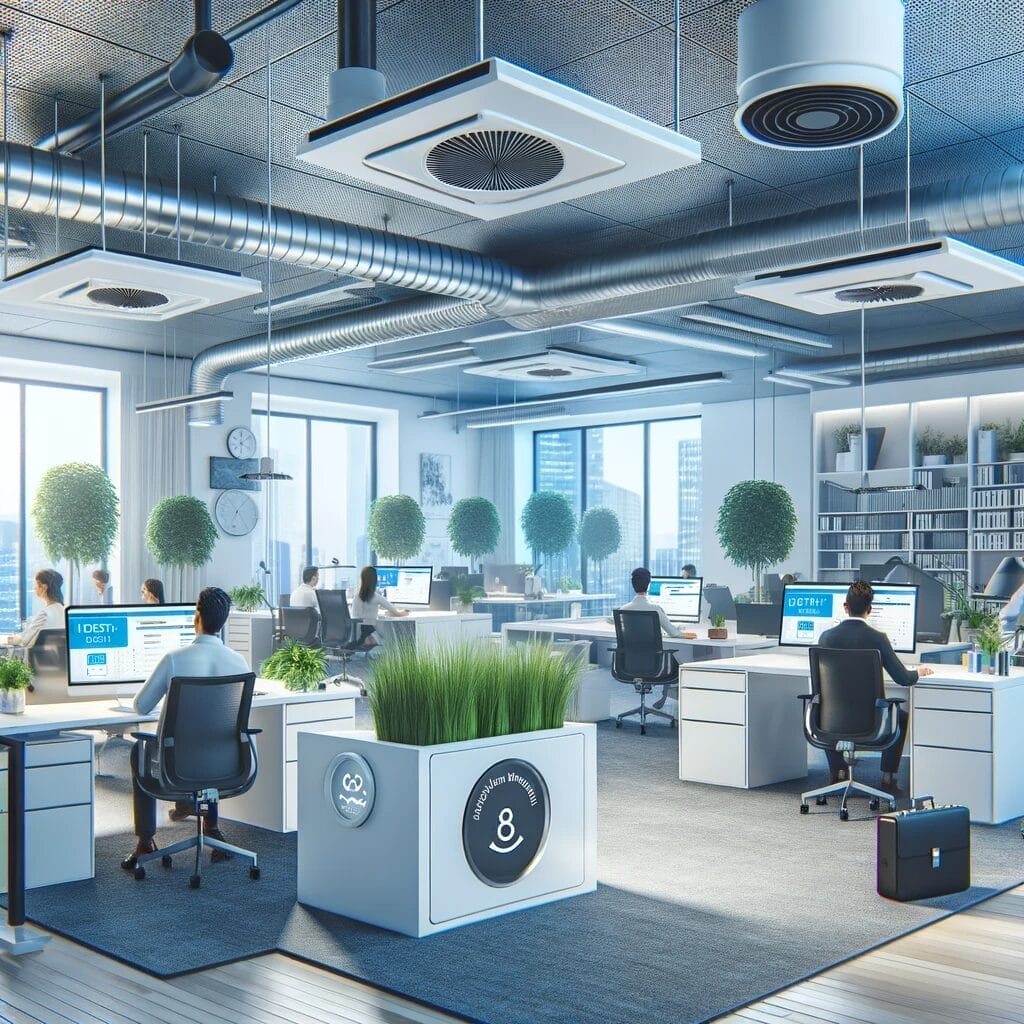Introduction
Understanding and implementing workplace air quality standards is vital for businesses in Australia. This detailed guide explores the importance of these standards, focusing on their impact on health, productivity, and regulatory compliance. Emphasising the Australian context, this article provides valuable insights into optimising workplace environments for better air quality.
Health Risks Associated with Poor Workplace Air Quality
Poor air quality in workplaces can lead to significant health issues, ranging from respiratory problems to chronic illnesses. This section delves into the types of pollutants commonly found in Australian workplaces, such as volatile organic compounds (VOCs) and particulate matter (PM), and their potential health impacts. The Australian Institute of Occupational Hygienists (AIOH) highlights the link between workplace air quality and employee health, underscoring the urgency of maintaining high air quality standards.
Australian Standards for Workplace Ventilation
Australia’s commitment to safe working environments is evident in its comprehensive ventilation guidelines, as outlined in the National Construction Code (NCC) and Australian Standards (e.g., AS 1668.2-2012). These standards ensure adequate ventilation in workplaces, helping to maintain optimal air quality and comply with national health and safety regulations.
The Business Benefits of High Workplace Air Quality
Improving air quality in the workplace is not just a health issue but also a smart business decision. Enhanced air quality is linked to increased employee productivity, concentration, and reduced absenteeism. Research by the CSIRO (Commonwealth Scientific and Industrial Research Organisation) confirms that better air quality can improve workplace efficiency significantly, making it a sound investment for Australian businesses.
Technological Solutions for Better Air Quality in Workplaces
Advancements in technology offer effective solutions for maintaining and monitoring air quality in Australian workplaces. Innovations like HEPA filters, UV-C germicidal irradiation, and intelligent ventilation systems are becoming increasingly popular. These technologies are instrumental in providing a healthier working environment, aligning with the best practices in workplace air quality standards.
Regulatory Framework and Policy in Australia
The enforcement and continual improvement of workplace air quality standards in Australia are driven by regulatory bodies such as Safe Work Australia and the Department of Health.
Conclusion
Adhering to workplace air quality standards is crucial for the health and well-being of employees and the overall success of businesses in Australia. This guide emphasises the significance of these standards in creating safe, productive, and compliant working environments. As workplace health and safety continue to be a priority, the focus on maintaining optimal air quality is expected to grow, necessitating ongoing research, technological innovation, and policy development. Collaborative efforts from government, industry leaders, and employees are essential in achieving and sustaining high standards of workplace air quality.
If you would like to know more or would like our assistance in the areas mentioned check us out at www.intrinsicsafety.com.au. Alternately, call us on 1300 990 336 or email us at [email protected]



